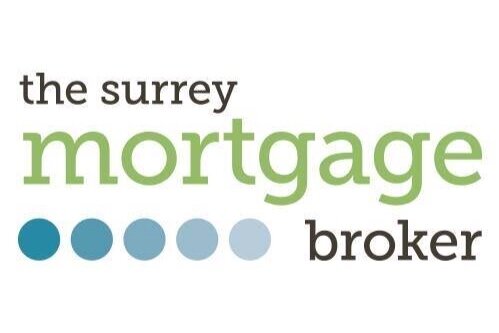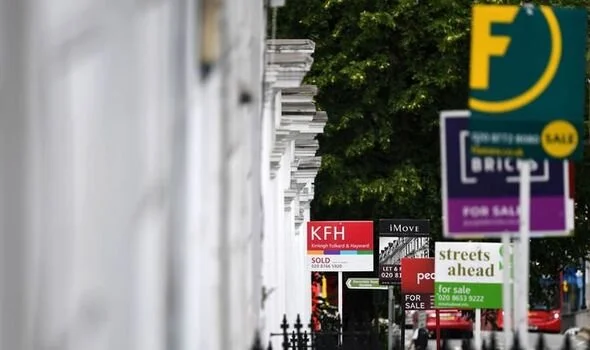Landlords facing a dilemma – to raise rents or support tenants
Landlords are facing a real dilemma at the moment in dealing with the continued rising cost-of-living crisis. This is causing concern among many landlords, as they face a decision to raise rents or support their tenants by taking a financial hit themselves, according to research[1].
Around three-quarters (74%) of landlords say they feel a responsibility to support their tenants during times of financial hardship and, with the cost of living continuing to rise, more than four in ten (44%) have financially supported their tenants during the last 12 months, such as reducing or pausing rent.
Financial challenges
The research shows that some landlords are prepared to reduce their rents by an average of 7.6% before coming under pressure – equating to around £50 per property a month based on a typical landlord’s rental income[2].
While many are able to reduce rent, close to half (45%) of all landlords say any reduction would harm them financially. Around four in ten (38%) said they intend to keep rents the same for the next year despite the financial challenges, while more than half (55%) say they need to increase rents over the next 12 months. One in four (25%) plan to raise the rent on all their properties.
Larger portfolios
Landlords with larger portfolios are more likely to increase rent on at least some of their properties, the research highlights. Three-quarters (75%) of those who own more than ten properties aim to increase their rents over the next 12 months, compared to just 44% of landlords owning between one and three properties.
In fact, 46% of those landlords with a small portfolio plan to keep rents the same. Across the regions, landlords in Yorkshire & The Humber (68%), outer London (65%), the North West (63%) and Wales (63%) are most likely to increase rents on some or all of their properties over the next 12 months.
Rental payments
Those landlords using their rental properties to offset their mortgages are also more likely to raise rents, with nearly two-thirds (63%) planning an increase compared to just 44% of unleveraged landlords.
Despite the plan to increase rents, well over half (57%) of landlords are concerned about whether their tenants can maintain their rental payments, with more than one in ten (13%) admitting they are very concerned. This increases to nearly three-quarters (74%) of landlords who let to claimants of Local Housing Allowance and 71% of landlords who let to retired people.
Support provided
Regionally, landlords in East Midlands (74%), Wales (70%) and Yorkshire & The Humber (62%) appear to be most concerned about the ability of their tenants to pay the monthly rent. However, perhaps unsurprisingly, only around a third (32%) of landlords in Central London are worried about receiving their rent.
In terms of the support offered to tenants by 44% of landlords, temporary rent reductions and rental payment holidays are the most common options. Support provided includes: temporary rent reduction (22%); rental payment holiday (15%); permanent rent reduction (4%); and lent money to support their day-to-day living (3%).
Smaller portfolios
Landlords with smaller portfolios are able to reduce rents by a slightly higher amount. Compared to the average of 7.6% for all landlord types, those with one property can reduce by an average of 8.7%, while those with two or three properties are able to reduce rents by 9.3%.
Of those who could reduce rents, nearly half (47%) of them say they could sustain it for six months or more, while 42% say they could keep the reduction going for between three and six months. Those landlords making a full-time living from their lettings activity (60%) and those who are retired (51%) are significantly more likely to say they could sustain the rent reduction for more than six months.
Looking for a buy-to-let mortgage?
Whether you’re thinking about buying to let or expanding your property portfolio, to discuss your options contact The Surrey Mortgage Broker– telephone 01252 759233 – email richard@thesurreymortgagebroker.co.uk
Source data:
[1] Research conducted by BVA Group / BDRC with 729 UK landlords between January and March 2022.
[2] Source: BVA BDRC’s Core Landlords Panel tracker. Mean annual per property gross rental income: £7,625.










